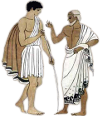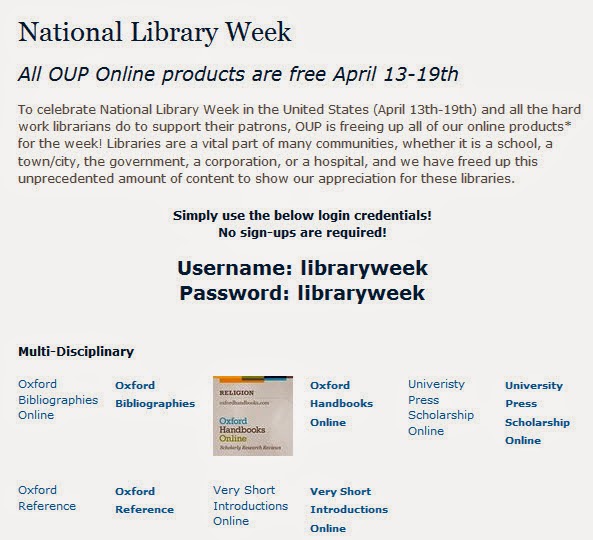[First posted in AWOL 14 July 2009, updated 11 March 2014]
Archaeo+Malacology Group Newsletter
Archaeo+Malacology Group Newsletter
The Archaeo+Malacology Group Newsletter - A Brief Introduction
The Archaeomalacology Group was formed indirectly as the result of a talk I gave to fellow members of the Conchological Society of Great Britain and Ireland at the Natural History Museum in London in February 2000. Having worked as an archaeomalacologist, albeit on a freelance and very part time basis, for nearly 25 years in almost total isolation, it came as a revelation to me that there were others out there with similar interests! It therefore seemed a good idea to try to establish a forum where archaeomalacologists could air their views, exchange information and above all make contact with others working in similar subject areas.
The first issue of the AMG Newsletter appeared in July 2001 and consisted of the names, contact details and research interests of the thirty-two people who had responded to a notice I published in The Conchologists' Newsletter (No. 154: 385, September 2000). Since then the list has expanded to include around 80 members. Further issues have appeared at approximately six-monthly intervals, and have included short articles, research notes, abstracts of publications, notices of meetings, requests for information, and so on.
The ICAZ Archaeomalacology Working Group was then set up as a result of the one-day archaeomalacology session held at the ICAZ Conference in Durham in August 2002. It was obvious that the AMG Newsletter and the ICAZ Group were aimed at the same audience, and it seemed sensible to join forces. The ICAZ Archaeomalacology Working Group has therefore kindly agreed to host the AMG Newsletter on their new website, starting with issue number 5. It is hoped to add the four previous issues at a later date, and future issues are scheduled for March and September each year.
Archaeo+Malacology Group Newsletter #23
Archaeo+Malacology Group Newsletter #22
Archaeo+Malacology Group Newsletter #21
Archaeo+Malacology Group Newsletter #20
Archaeo+Malacology Group Newsletter #19
Archaeo+Malacology Group Newsletter #18
Archaeo+Malacology Group Newsletter #17
Archaeo+Malacology Group Newsletter #16
Archaeo+Malacology Group Newsletter #15
Archaeo+Malacology Group Newsletter #14
Archaeo+Malacology Group Newsletter #13
Archaeo+Malacology Group Newsletter #12
Archaeo+Malacology Group Newsletter #11
Archaeo+Malacology Group Newsletter #10
Archaeo+Malacology Group Newsletter #9
Archaeo+Malacology Group Newsletter #8
Archaeo+Malacology Group Newsletter #7
Archaeo+Malacology Group Newsletter #6
Archaeo+Malacology Group Newsletter #5
Archaeo+Malacology Group Newsletter Index
See the full List of Open Access Journals in Ancient Studies























 Alphabetische Liste
Alphabetische Liste English
English











